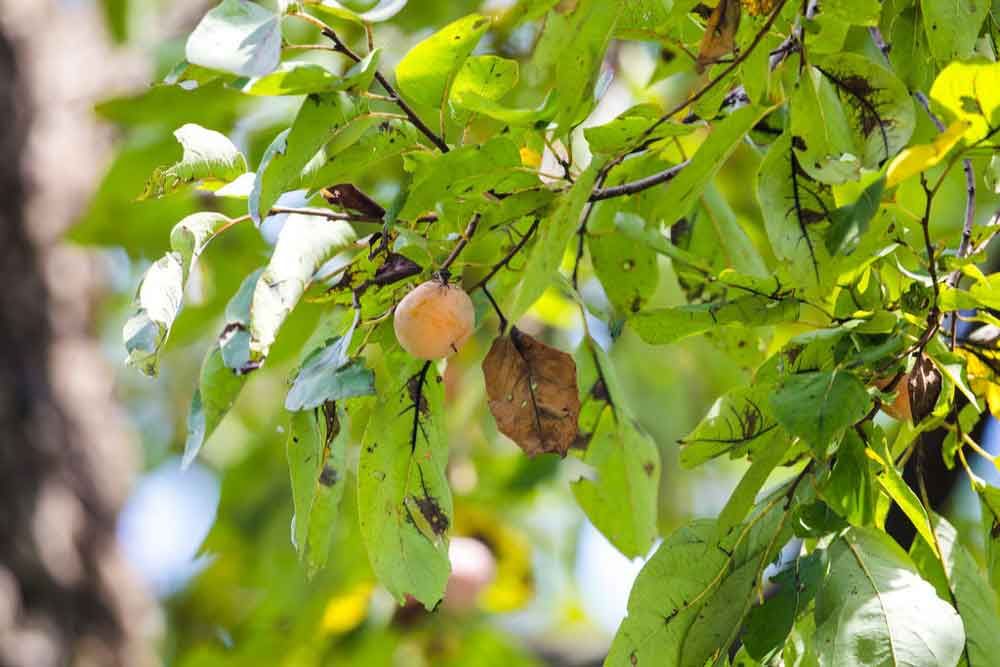Decatur, GA 30033
Decatur, Georgia, located in the Southern Outer Piedmont ecoregion, offers an ideal environment for cultivating a diverse array of native plants that support local pollinators and wildlife. This curated list of 25 native species, including perennial forbs, annual forbs, grasses, shrubs, and small trees, provides gardeners with a rich palette of options to create vibrant, low-maintenance landscapes that contribute to the region’s ecological health.

Perennial Forbs
Butterfly Milkweed (Asclepias tuberosa) – A vibrant orange-blooming perennial that is a crucial host plant for monarch butterflies and attracts a variety of pollinators. [full sun]
Eastern Purple Coneflower (Echinacea purpurea) – Offers long-lasting pink-purple blooms that attract bees and butterflies, providing nectar throughout the summer. [full sun, partial sun]
Black-eyed Susan (Rudbeckia hirta) – A hardy perennial with bright yellow flowers that attract bees and butterflies, thriving in various soil types. [full sun]
Eastern Wild Indigo (Baptisia tinctoria) – Features yellow flowers that attract bees and provide early-season nectar. [full sun]
Joe-Pye Weed (Eupatorium dubium) – Tall with clusters of pink flowers, it attracts butterflies and bees, thriving in moist soils. [full sun, partial shade]
Mountain Mint (Pycnanthemum virginianum) – Aromatic leaves and white flowers attract a variety of pollinators including bees and butterflies. [full sun, partial shade]
Goldenrod (Solidago spp.) – Produces bright yellow flowers in late summer, supporting a wide range of pollinators. [full sun]
Wild Bergamot (Monarda fistulosa) – Lavender blooms attract bees, butterflies, and hummingbirds; aromatic foliage adds interest. [full sun, partial shade]
Cardinal Flower (Lobelia cardinalis) – Striking red flowers attract hummingbirds; prefers moist conditions. [partial shade, full sun]

Annual Forbs
Partridge Pea (Chamaecrista fasciculata) – Yellow flowers that attract bees and serve as a host plant for butterfly larvae. [full sun]
Hairy Sunflower (Helianthus hirsutus) – A native sunflower with bright yellow blooms that attract pollinators and provide seeds for birds. [full sun]

Grasses
Little Bluestem (Schizachyrium scoparium) – A native grass providing habitat for insects and birds, with attractive blue-green foliage turning copper in fall. [full sun]
Purple Lovegrass (Eragrostis spectabilis) – Features airy purple flower heads that provide cover for wildlife and add texture to gardens. [full sun, partial shade]
Switchgrass (Panicum virgatum) – Provides cover for wildlife; its seed heads are attractive in winter landscapes. [full sun]

Shrubs
Buttonbush (Cephalanthus occidentalis) – Produces spherical white flower clusters that are highly attractive to butterflies and bees. [full sun, partial shade]
Sweet Pepperbush (Clethra alnifolia) – Fragrant white flowers in summer attract bees and butterflies; thrives in moist soils. [partial shade, full sun]
Virginia Sweetspire (Itea virginica) – Offers fragrant white flowers in spring and vibrant fall foliage, attracting pollinators. [partial shade, full sun]
Beautyberry (Callicarpa americana) – Known for its striking purple berries that attract birds; small lavender flowers appeal to pollinators. [partial shade, full sun]
New Jersey Tea (Ceanothus americanus) – White flowers attract pollinators; nitrogen-fixing properties improve soil health. [full sun, partial shade]

Tall Shrubs/Small Trees
American Persimmon (Diospyros virginiana) – Provides nectar for pollinators in spring and edible fruit for wildlife in fall. [full sun, partial shade]
Fringe Tree (Chionanthus virginicus) – Displays fragrant white flowers that attract bees; suitable for moist to dry soils. [full sun, partial shade]
Serviceberry (Amelanchier arborea) – Early spring bloomer with white flowers attracting pollinators; produces berries relished by birds. [full sun, partial shade]
Redbud (Cercis canadensis) – Displays pink blossoms in early spring that attract bees; heart-shaped leaves add ornamental value. [partial shade, full sun]
Witch Hazel (Hamamelis virginiana) – Blooms in late fall with yellow flowers; attracts late-season pollinators. [partial shade, full sun]
Eastern Red Cedar (Juniperus virginiana) – Provides year-round cover and food for wildlife; aromatic foliage is resistant to deer browsing. [full sun]
